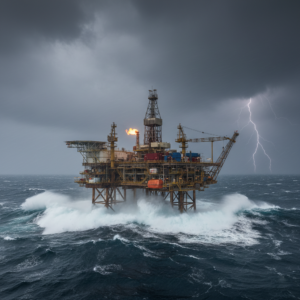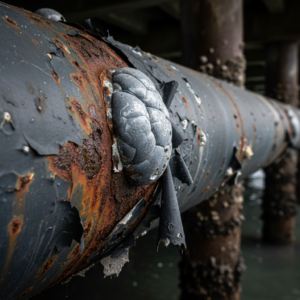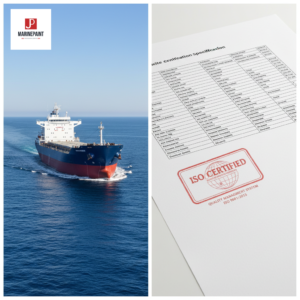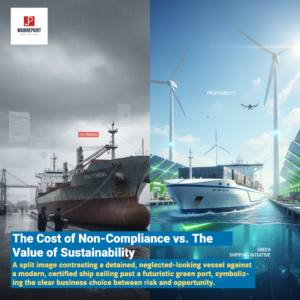Extend Ship Repair Intervals: How High-Performance Marine Coatings Cut Long-Term Docking Costs?
Docking repairs too costly? Downtime too long? Troubling shipowners? High-performance marine coatings significantly extend repair intervals, drastically cutting long-term operational expenses and boosting fleet economic efficiency.
High-performance marine coatings, especially advanced antifouling and anti-corrosion paints, utilize innovative technologies (such as self-polishing copolymers, low surface energy silicone technology, etc.) and durable formulations to form a long-lasting and effective protective layer on the hull surface. This protection not only effectively resists marine biofouling and harsh seawater corrosion but also allows for surface renewal or automatic detachment of fouling through water flow during navigation, maintaining hull surface smoothness over the long term. Consequently, the ship's fuel demand decreases, and speed is maintained. More importantly, as corrosion and fouling are effectively controlled, the degradation rate of the ship's structure and performance slows down, thereby significantly extending the period before mandatory docking repairs. This means shipowners can reduce the frequency of docking, saving enormous dry-docking costs (including dock rental, labor, materials) and valuable operational time, ultimately achieving a substantial reduction in long-term operational costs and an improved return on investment.
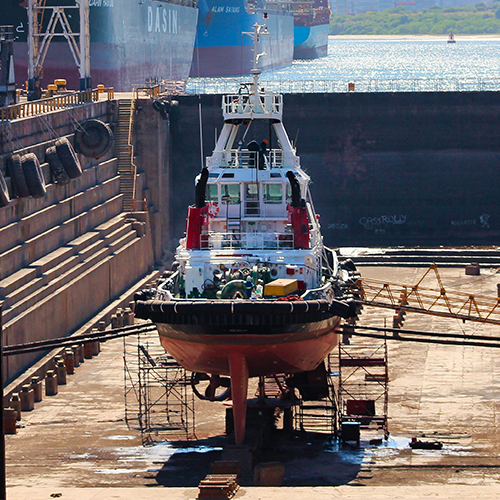
Understanding in-depth how high-performance marine coatings help shipowners optimize cost structures is crucial for enhancing fleet competitiveness and sustainable development. Next, we will explore their specific mechanisms of action and the multifaceted economic benefits they bring.
How Do High-Performance Antifouling Paints Extend Dry-Docking Intervals?
Is your vessel frequently plagued by marine biofouling, leading to soaring fuel consumption, reduced speed, and the need to schedule costly dry-dock repairs prematurely? The effective lifespan of traditional antifouling paints is often unsatisfactory, quickly failing in harsh marine environments, causing headaches for shipowners. Imagine if there was a marine paint that could combat biofouling more effectively and for a longer duration – what a transformation that would bring to your operations!
High-performance antifouling paints extend dry-docking intervals by employing cutting-edge chemical and physical technologies. At their core are long-lasting antifouling mechanisms, primarily including: first, Self-Polishing Copolymer (SPC) technology, where the paint's surface layer slowly and controllably dissolves and polishes upon contact with seawater, continuously exposing a fresh layer of active antifouling agents while maintaining hull smoothness, effectively preventing marine organism attachment; second, Foul Release Coatings (FRC) based on silicone or fluoropolymers, which form an extremely low surface energy, smooth, non-stick-like coating, making it difficult for marine organisms to adhere firmly, allowing water flow to wash them off during navigation. These advanced technologies ensure that the antifouling paint maintains high efficiency for a longer period, thereby significantly postponing the cleaning and recoating necessary due to hull fouling, ultimately extending the interval between dry-dock repairs.
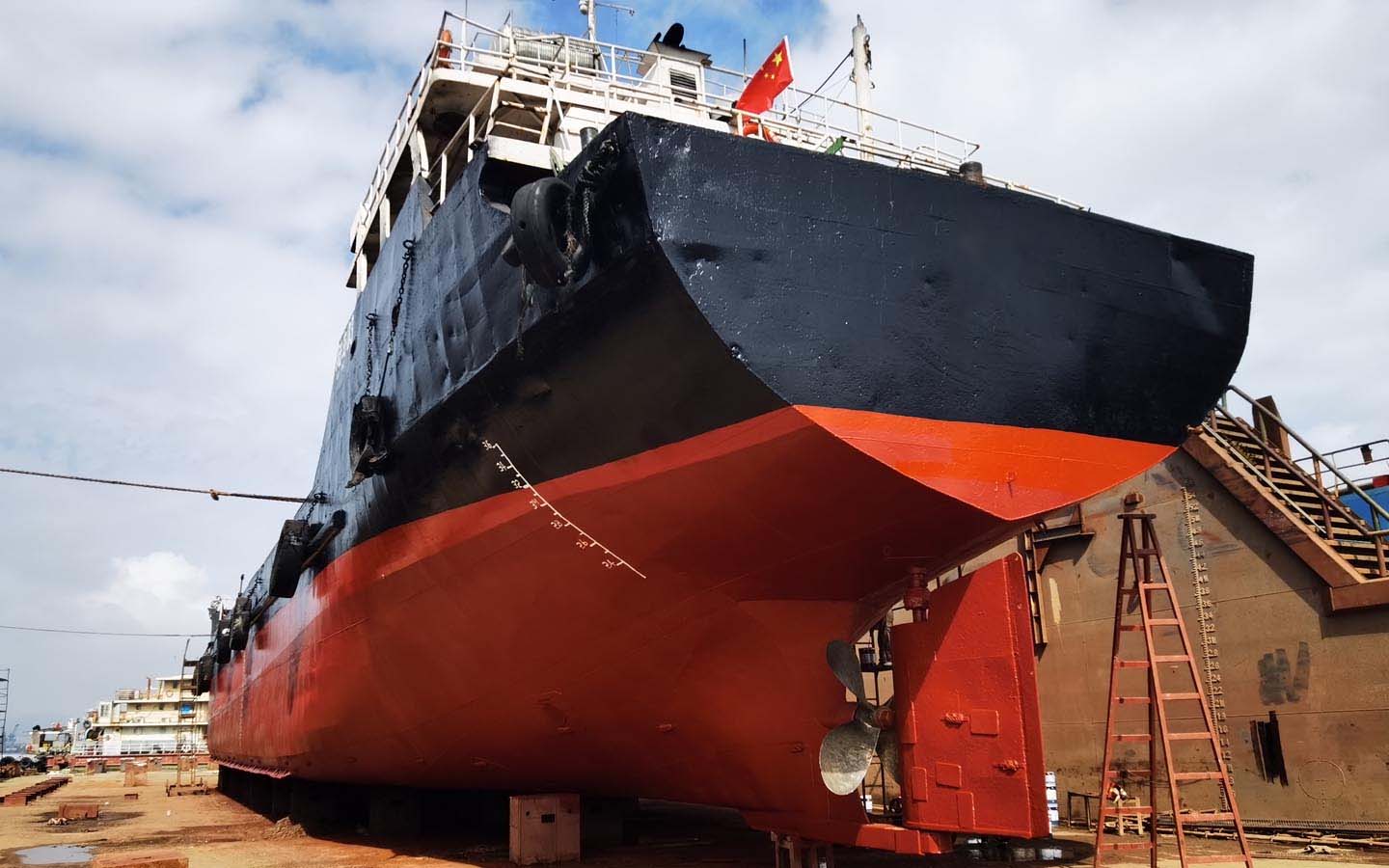
To more deeply understand how high-performance antifouling paints extend dry-docking intervals and bring economic benefits, we can analyze their key technological characteristics, their impact on hull performance, and the resulting cost savings.
Key Characteristics of Antifouling Technologies
The ability of high-performance antifouling paints to provide longer protection periods stems from their unique technological characteristics. Different technological routes have their specific advantages and application scenarios.
| Technology Type | Mechanism | Advantages | Notes |
|---|---|---|---|
| Self-Polishing Copolymers (SPC) | Coating slowly hydrolyzes and polishes, continuously exposing fresh antifoulant, maintaining surface smoothness. | Long-lasting antifouling, controllable polishing rate, stable performance, reduces hull roughness. | Widely used for various ocean-going vessels. |
| Foul Release Coatings (FRC) | Forms an ultra-low surface tension smooth coating; organisms struggle to attach or are easily dislodged by water flow. | Biocide-free, environmentally friendly; provides a very smooth surface, contributing to fuel savings. | Requires a certain vessel speed; more suitable for high-speed or high-activity vessels. |
| Hybrid Technologies | Combines advantages of SPC and FR or other technologies, e.g., adding small amounts of slow-release biocides to FR coatings or using special surface structures. | Aims to broaden applicability, balancing antifouling effect, environmental friendliness, and cost-effectiveness. | Emerging technologies, still evolving. |
The choice of technology depends on the vessel type, sailing routes, operational profile, and environmental regulations.
Positive Impacts on Hull Performance and Maintenance Cycles
The positive impacts of high-performance antifouling paints on hull performance are multifaceted, with the most direct being the maintenance of the hull surface's hydrodynamic properties.
- Reduced Hull Resistance: Effective antifouling keeps the hull smooth, significantly lowering frictional resistance during navigation. This means the main engine output can be reduced to achieve the same speed, thus saving fuel.
- Maintaining Design Speed: Biofouling severely impacts vessel speed. High-performance antifouling paints ensure that the vessel maintains or approaches its design speed for a longer period, guaranteeing schedules.
- Extended Coating Lifespan: These coatings themselves possess excellent adhesion and durability, resisting physical abrasion and chemical degradation, thereby having a longer actual service life.
- Reduced Cleaning Needs: Due to their outstanding antifouling performance, the amount and difficulty of cleaning work required during underwater inspections or dry-docking are greatly reduced, and in some cases, underwater cleaning can be omitted.
Considering these impacts, high-performance antifouling paints can maintain hull performance at a higher level for a longer time, thus extending the dry-docking interval from a typical 2.5-3 years to 5 years or even longer, depending on the paint's performance and actual operating conditions.
The Promise of JDmarine Paint Antifouling Paint
Our JDmarine Paint antifouling paint series, such as our star product JD753 Tin-Free Self-Polishing Antifouling paint, is developed based on these advanced technological concepts. It employs efficient self-polishing technology to ensure continuous and stable antifouling protection for a service period of up to 60 months or even longer. This means your vessel can have longer in-service time, significantly reducing unscheduled downtime and expensive dry-dock repair frequencies.
What Specific Cost Savings Can Be Achieved by Choosing JDmarine Paint Antifouling Paint?
Many shipowners, when choosing marine paints, often hesitate between the initial investment in high-performance paints and the lower price of traditional paints. They worry whether the return on investment for high-end products is clear and if they can truly bring significant long-term economic benefits as advertised, potentially missing out on the opportunity to substantially reduce the vessel's lifecycle costs by optimizing paint selection.
Choosing JDmarine Paint high-performance antifouling paint, such as our JD753 Tin-Free Self-Polishing Antifouling paint, can bring multifaceted specific cost savings to shipowners. The most direct manifestation is its superior durability and long-lasting antifouling performance, which significantly extends the vessel's dry-docking repair intervals. This means that over the vessel's operational cycle, shipowners will face fewer dry-dockings, thereby directly cutting various expenses associated with dry-docking, such as high dock rental fees, labor costs for hull surface treatment and paint application, the material costs of the paint itself, and, crucially, the revenue loss due to vessel downtime. These savings, when accumulated, constitute a considerable economic benefit.
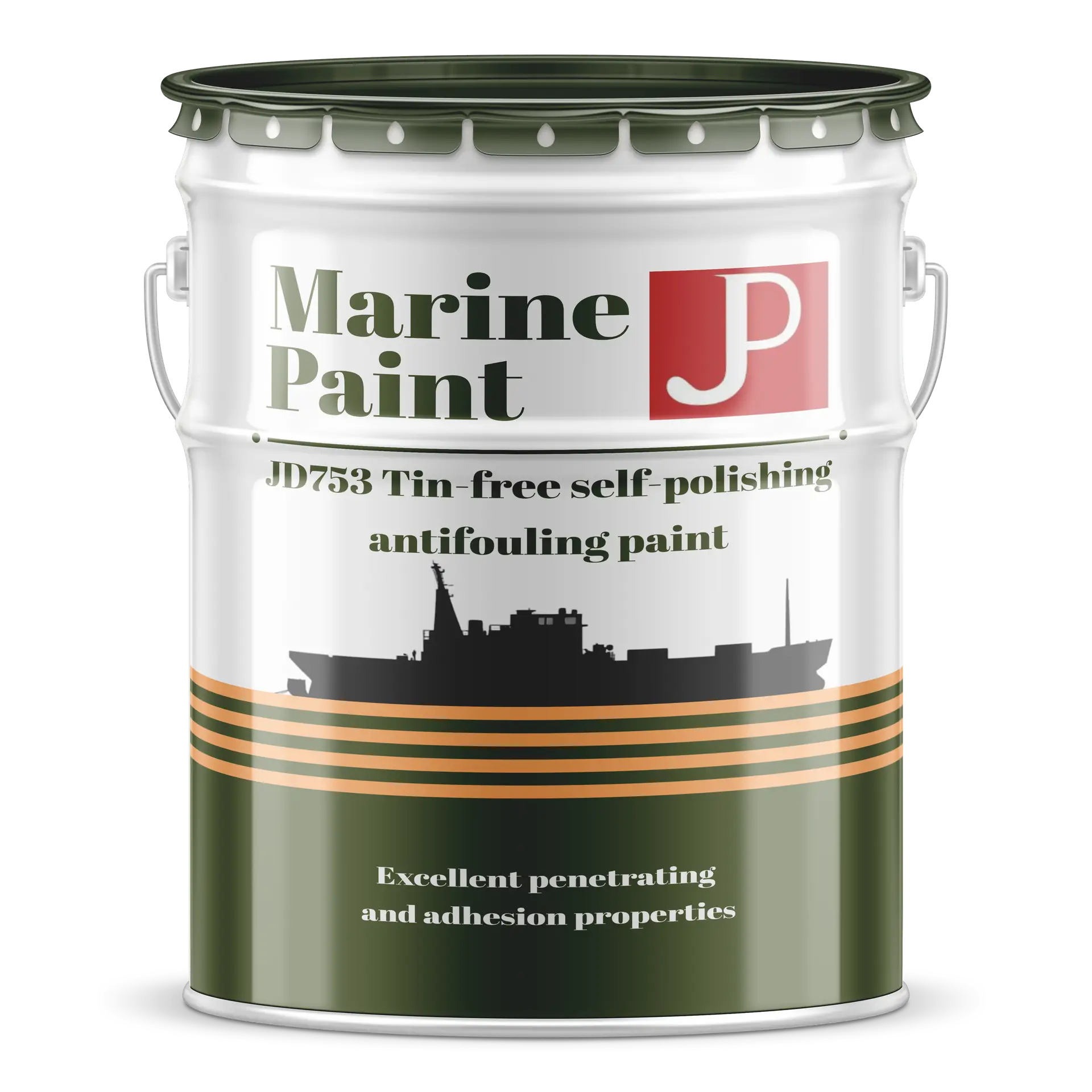
Specifically, the cost savings from using high-performance antifouling paints like JDmarine Paint JD753 can be analyzed from two aspects: direct expenses and indirect benefits, while the product's inherent technological advantages are the fundamental guarantee for achieving these savings.
Significant Reduction in Direct Costs
The most intuitive economic benefit of using high-performance antifouling paint is the reduction in direct operational expenses.
| Cost Item | Issues with Conventional Coatings | How JDmarine Paint Helps Save |
|---|---|---|
| Dry-docking Fees | Frequent docking, high dock rental and service fees each time. | Extends dry-docking interval (e.g., from 2.5-3 years to 5 years+), significantly reducing total docking instances and fees. |
| Paint & Application | Short coating lifespan, requiring frequent recoating, accumulating high material and labor costs. | Longer coating service life, fewer recoats, lowering total paint procurement and application costs. |
| Hull Cleaning | Severe biofouling, high workload and cost for underwater or in-dock cleaning. | Long-lasting antifouling, significantly reducing fouling, lowering cleaning difficulty and frequency, saving cleaning costs. |
| Off-hire Losses | Frequent dry-docking leads to long vessel downtime, resulting in huge revenue losses. | Fewer dry-dockings and shorter duration per docking (due to better hull condition), increasing vessel operational days, reducing off-hire losses. |
Indirect Economic Benefits and Operational Optimization
In addition to direct cost savings, high-performance antifouling paints also bring significant indirect economic benefits and improvements in operational efficiency.
| Benefit Aspect | Challenges with Conventional Coatings | Improvements with JDmarine Paint |
|---|---|---|
| Fuel Efficiency | Hull fouling increases resistance, leading to a sharp rise in fuel consumption. | Maintains long-term hull smoothness, reducing sailing resistance, significantly saving fuel (typically 5-15%). |
| Speed & Schedule | Fouling reduces speed, potentially affecting schedules and incurring extra costs. | Maintains design speed, ensures schedule reliability, avoiding penalties or losses due to delays. |
| Environmental Protection | May contain banned substances (like TBT), frequent application generates more VOC emissions and waste. | Uses environmentally friendly formulations (like our TBT-free JD753), extended coating life reduces application frequency, lowering environmental impact. |
| Vessel Value | Poor hull maintenance can affect the vessel's resale value or charter rates. | Good hull maintenance records and performance help enhance the vessel's asset value and market competitiveness. |
JDmarine Paint – Engineered for Value
JDmarine Paint antifouling paint series, especially our JD753 Tin-Free Self-Polishing Antifouling paint, is designed for shipowners pursuing long-term economic benefits and superior vessel performance. Its core advantages include:
- Long-lasting Protection: Utilizes advanced self-polishing technology and highly effective bioactive agents to provide antifouling protection for up to 60 months or even longer.
- Continuous Smoothing: Throughout the service cycle, the coating surface continuously renews, effectively controlling the increase in hull roughness and maintaining hydrodynamic performance.
- Fuel Economy: By reducing hull resistance, it helps vessels significantly lower fuel consumption and greenhouse gas emissions.
- Environmental Compliance: Contains no organotin (TBT-free) or other harmful substances, complying with the latest international maritime environmental regulations.
- Wide Applicability: Suitable for various ocean-going vessels, from tankers and bulk carriers to container ships.
Investing in high-performance marine paint like JDmarine Paint, although the initial cost may be slightly higher, will far outweigh the initial investment difference through reduced dry-docking costs, fuel savings, and operational efficiency improvements over its entire service cycle, creating substantial net economic benefits for shipowners.
Conclusion
In summary, adopting high-performance marine coatings, particularly advanced antifouling paints, is a key strategy for extending ship repair intervals and reducing long-term docking operational costs, bringing significant economic benefits to shipowners.
![]()

